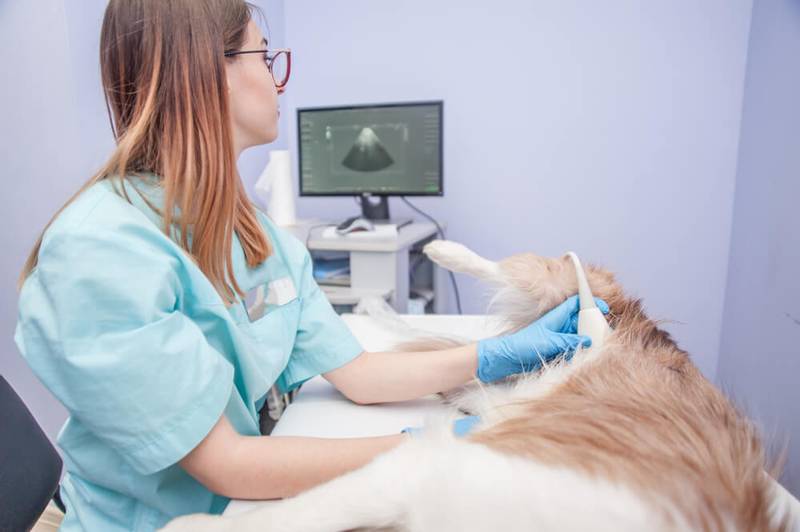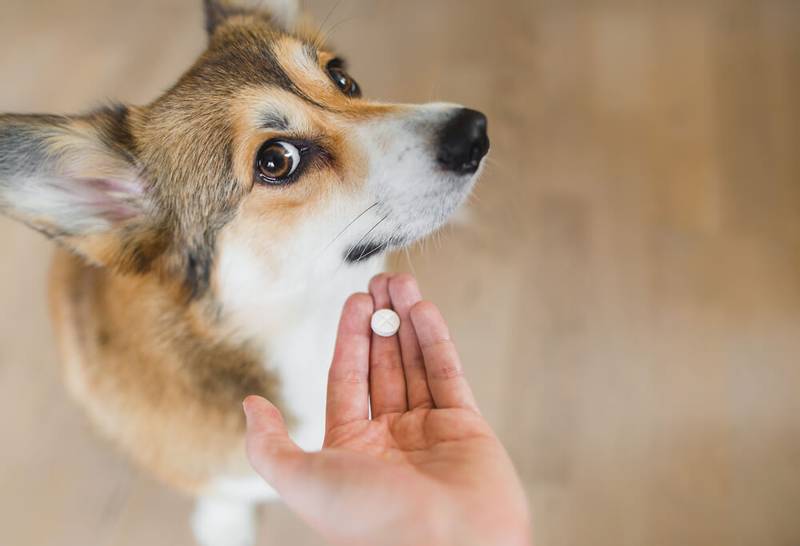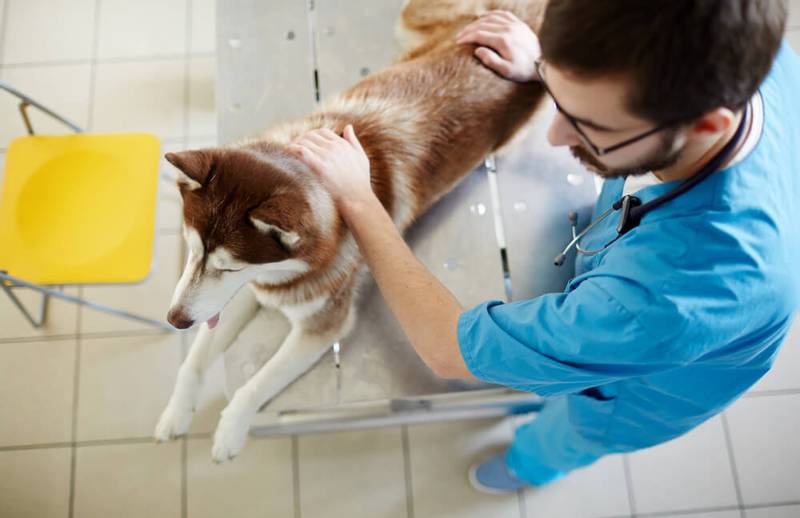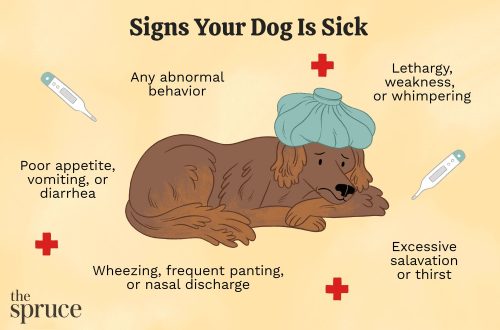
Blood in dog urine: causes and treatment

Contents
- Blood in the urine of a dog: the main thing
- Causes of blood in the urine
- urocystitis
- Kidney
- Injury
- Presence of sand or stones
- Coagulation disorders (coagulopathy)
- Tumors
- Prostate disease in dogs
- Balanoposthitis (inflammation of the penis and prepuce)
- Diseases of the uterus and vagina in bitches
- Piroplasmosis
- Poisoning
- Surgical intervention
- Eating certain foods and medicines
- summary table
- Information to assist the veterinarian in diagnosing
- If an operative visit to the veterinarian is not possible
- How to collect urine?
- Prevention
Blood in the urine of a dog: the main thing
Blood in the urine of a dog (hematuria) is an alarming symptom. Contacting the clinic should not be postponed for a day;
Red urine in a dog most often occurs due to urocystitis and urolithiasis, but other pathologies that provoke the appearance of blood during urination are not excluded;
The doctor at the reception needs to provide detailed information about the maintenance, feeding of the pet and symptoms;
Diagnosis necessarily includes examination, urinalysis and ultrasound. Other studies may be required;
You can help your pet on your own, but there are contraindications to many drugs. It is better to consult with a veterinarian;
You can collect a urine sample during an ultrasound scan or on your own in a sterile container;
For prevention, it is worth avoiding hypothermia, regularly treat your pet from parasites and undergo medical examinations.

Causes of blood in the urine
urocystitis
Cystitis (urocystitis) is an inflammation of the bladder. It can be bacterial and sterile (without the participation of microflora), the cause can be hypothermia, stress, infections, and violations in feeding. Common symptoms:
Frequent and painful urination. The dog may not tolerate a walk;
Abdominal pain. Change in gait, caution in movements.
Treatment depends on the type of cystitis and the severity of the symptoms. Antibiotics, antispasmodics, painkillers, a specialized diet and drinking regimen may be prescribed.
Kidney
Blood can get into the urine from the kidneys during an inflammatory process, hydronephrosis, polycystic, pyelonephritis. These are very serious diseases, which, among other things, are accompanied by lethargy, acute pain in the abdomen, and a change in thirst.
In such cases, symptomatic therapy (painkillers, antispasmodics) and specific therapy (antibiotics, droppers, diet, sometimes surgery) are prescribed.

Injury
A fall from a height, a blow, a bite from another animal are common causes of trauma to the bladder and kidneys. Sometimes the injuries are so severe that the organ wall ruptures.
As a rule, hemostatic and pain medications are used, and if the organ wall is ruptured, an emergency operation is performed.
Presence of sand or stones
Urolithiasis (UCD) is also often the cause of hematuria. Sand and stones injure the mucous membranes, which leads to the appearance of a red tint of urine. As with cystitis (which almost always accompanies KSD), there are symptoms of painful frequent urination, lethargy, and soreness of the abdominal wall.
For treatment, anti-inflammatory drugs are used, for infection – antibiotics, a specialized diet to dissolve the sediment, as well as a drinking regimen. Sometimes the stones are so large that they need to be removed surgically. When the urethra is blocked, a urethral catheter is placed.

Coagulation disorders (coagulopathy)
In diseases of the hematopoietic system, oncology, the coagulation process can be disrupted. In addition to the appearance of blood in the urine, the dog will show signs of bleeding in other organs. Often with coagulopathy, bloody stools and vomiting, pallor of the mucous membranes, hemorrhages on the skin and mucous membranes occur. Drugs to stimulate hematopoiesis (substances that will provoke the bone marrow to create more blood cells) may be recommended. In case of poisoning – antidotes. Often a blood or platelet transfusion is required.
Tumors
Neoplasms can be on the wall of the bladder, in the kidneys, ureters, urethra and in neighboring organs. As tumors develop, they can become traumatized, disintegrate, and cause local inflammation, leading to blood in the dog’s urine.
Treatment of neoplasms is almost always surgical. Chemotherapy may be given after surgery.
Prostate disease in dogs
Prostatitis, neoplasms of the prostate, calcifications and cysts of the prostate gland in dogs – all these diseases are accompanied by symptoms of painful urination, the appearance of cloudy discharge from the prepuce, blood in the urine. Treatment may include alpha-blockers (drugs to treat prostatitis), pain relievers, antibiotics. Often surgery is required.

Balanoposthitis (inflammation of the penis and prepuce)
Urine may turn red already at the exit of the urethra, if the inflammation is localized in the external genital organs. With balanoposthitis, the penis looks inflamed. Prepuce discharge becomes copious, thick, with a pungent odor. With severe inflammation in a dog, blood may drip from the urethra.
For treatment, local treatments, douching, antibiotics, anti-inflammatory are used.
Diseases of the uterus and vagina in bitches
The vagina and urethra are very close to each other. Therefore, it can be difficult to understand where exactly the blood came from. Diseases of the reproductive system in bitches are often asymptomatic, but as the disease progresses, pain in the abdominal wall, abundant discharge from the loop, lethargy, and increased thirst occur.
Douching, vaginal suppositories, antibiotics, anti-inflammatory are prescribed. In the case of pyometra, surgery and a long course of antibiotics are required.
Piroplasmosis
Piroplasmosis (babesiosis) is a parasitic disease transmitted by the bite of a tick. Babesia destroy red blood cells, which causes a large amount of hemoglobin to enter the bloodstream. Thus, with piroplasmosis, urine acquires a dark brown hue. The symptoms of hematuria (blood in the urine) and hemoglobinuria (hemoglobin in the urine) can look very similar in appearance. Additionally, with piroplasmosis, the body temperature rises above 40 * C, symptoms of general malaise occur: lethargy, refusal to eat, shortness of breath, weakness of the hind limbs. The disease progresses rapidly, and if you do not go to the clinic on the first day after the onset of symptoms, then there is a high probability of damage to the kidneys and liver, anemia.
The basis of treatment is drugs that destroy babesia, anti-inflammatory, droppers. Corticosteroids, hepatoprotectors, antiemetics, blood transfusions may also be required.
Poisoning
When some poisons and toxins are swallowed, the symptoms are the same as with coagulopathy. It is important not to let the dog pick up something on the street, and when cleaning the premises from rats, mice, insects, pay a lot of attention to protecting the dog from eating poisonous baits.
There are antidotes for some poisons. Additionally, symptomatic therapy is prescribed: droppers, gastric lavage (in the first 40 minutes after eating), antiemetics (if a lot of time has passed since the poisoning and there is vomiting).

Surgical intervention
Hematuria may occur after surgery on the organs of the urinary and reproductive systems. Sometimes the appearance of a small amount of blood in the urine of a dog after surgery is normal, sometimes it is an alarming symptom. In any case, you need to call the clinic and check with the doctor who performed the operation whether it is worth worrying about this.
Eating certain foods and medicines
Some foods may turn urine red/pink. Food coloring is added, for example, to candies that dogs like to steal from children. A reddish tint to the urine is given by beets and even some medicines.
summary table
Cause | Symptoms | Treatment |
Urocystitis (cystitis) / ICD | Frequent, painful urination; Abdominal pain; Urination in the wrong places; Change in gait and natural postures; Unsuccessful urge to urinate; Cloudy or red urine. | antibiotics; Anti-inflammatory; Antispasmodics; Drinking mode; Diet; Operation (with stones). |
Kidney | lethargy; Abdominal pain; Change in thirst; Change in the volume of urine; Dark or cloudy urine. | Pain relievers; Antispasmodics; antibiotics; Diet; Drinking mode; Droppers (for dehydration); Operation (for neoplasms). |
Injury | sharp pain; Rapid breathing; The appearance of blood in the urine. | Pain relievers; Hemostatic; Operation (with a rupture of the wall). |
Coagulopathy (clotting disorder) | pink or red urine; Stool with blood; Vomiting; Mucosal hemorrhages; Bleeding at the slightest injury; Paleness of mucous membranes. | Transfusion of whole blood or its components; Drugs to stimulate hematopoiesis; Antidotes (for poisoning). |
Neoplasms | Dark or red urine; Weight loss with normal appetite; Neoplasms of other organs in history; An increase in the volume of the abdomen. | Operation |
Diseases of the reproductive system in males | Frequent, painful urination; Discharge from prepuce; Unpleasant smell from the groin area; Pain in the penis; Urine cloudy or dark. | Pain relievers; Alpha-blockers; antibiotics; Injections; Operation. |
Diseases of the reproductive system in bitches | Dark or cloudy urine; Selection from the loop; Unpleasant smell from under the tail; Plentiful drink; lethargy; Abdominal pain; Fever. | antibiotics; Injections; Pain relievers; Operation. |
Piroplasmosis (babesiosis) | Urine dark brown; lethargy; Fever; Weakness of the hind limbs; Paleness of mucous membranes. | Antiprotozoal; Droppers; corticosteroids; Blood transfusion; Antiemetics; Antibiotics (rare). |
Poisoning | Vomiting; red urine; lethargy; Paleness of mucous membranes. | Antidotes; Transfusion of blood or its components; Droppers. |
Information to assist the veterinarian in diagnosing
If the dog urinates with blood, you should contact the veterinary clinic as soon as possible and begin treatment.
At the initial appointment, it is especially important to inform:
Nutritional history. What kind of food do you give (including treats), if the feeding has changed recently.
Preventive measures: vaccinations, treatments for parasites, dates and names of drugs.
How long have the symptoms started and how have they changed over time?
Drinking mode. How well the dog drinks water, whether the thirst has increased lately.
Is your pet taking any medications?
Have you had similar symptoms before? And if they were, then you need to provide detailed information about the treatment, diagnosis of the disease.
frequency of urination. Does it take a walk?
If an operative visit to the veterinarian is not possible
At home, you can help your pet on your own before you go to the clinic. The main thing is not to make things worse.
What should I do if my dog is urinating with blood?
You need to keep your pet calm. Arrange a bed for him in a quiet warm place, surround him with care.
Drinking mode. Keep several bowls of fresh water near your pet. If the pet refuses to drink, you can add a little broth, canned meat sauce, a pinch of vanilla, etc. to the water.

In no case should you give drugs from a human first-aid kit without a doctor’s recommendation. First, many drugs cannot be used in animals. Secondly, dosages in dogs and humans are very different. Thirdly, many drugs have contraindications for use.
To properly provide first aid to your pet while you can’t get him to the clinic, you can consult with a veterinarian online in the Petstory mobile app. The doctor will collect a detailed history, recommend how to help the pet at the moment, and tell you what diagnostics should be done. You can download the application from the link.
How to collect urine?
The most informative way to analyze urine is cystocentesis (puncture). The procedure is routine, anesthesia is not required, as a rule, pets react calmly to it. The doctor, under the control of an ultrasound sensor, will insert a thin needle through the abdominal wall into the bladder and take an analysis. Of course, before taking the analysis, he will make sure that there are no contraindications. The bladder should be full, the wall should not have irregularities.

If it is not possible to pass urine by cystocentesis, improvised means can be used. In my practice, there were owners who collected urine with a ladle or a ladle on a walk, because pets absolutely do not want to urinate in a jar. If the pet does its business on a diaper at home, then you can simply turn it over with the oilcloth side up, it is better to wipe the surface with an alcohol wipe first. To prevent dripping, put some items around the edges, as if forming a recess from the diaper. Then pour the urine sample into a container for analysis or a sterile syringe. However, keep in mind an important point: the presence of bacteria in such an analysis is not informative to evaluate. Bacteria can get there from the environment, from the paws of a pet, from its fur or from the urethra.
Prevention
To prevent the appearance of blood in the urine of a dog, you should be careful about the drinking regimen and feeding the pet. Fresh water should always be available. It is worth avoiding stress, hypothermia. If the pet lives in an aviary, take care of arranging a dry, warm booth. In wet and cold weather, it is worth wearing protective overalls for a walk.
To prevent piroplasmosis, treat ticks regularly and inspect your pet after each walk.

For animals prone to diseases of the urinary system, and for dogs older than 6 years, it is recommended to carry out diagnostics at least once a year. It is necessary to take urine and blood tests, in some cases (for example, with ICD) it is necessary to conduct an ultrasound of the bladder and kidneys.
Swimming in standing water is strictly prohibited.
It is also worth paying special attention to the health of the reproductive system. If the pet is not castrated, then once a year it is necessary to conduct an ultrasound of the prostate gland in males or the uterus and ovaries in females.
17 2021 June
Updated: 19 June 2021





